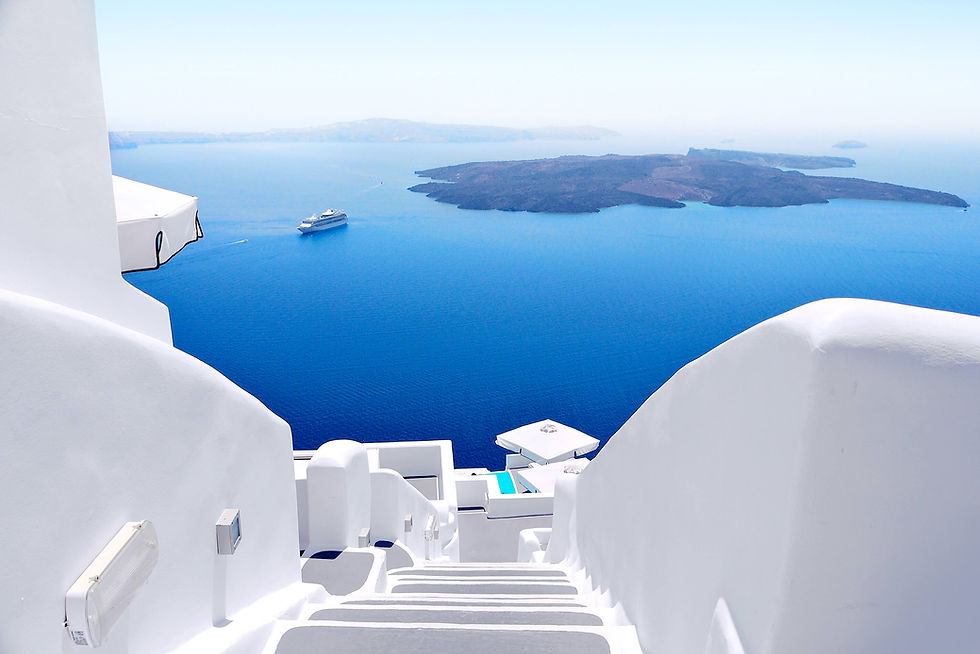#TBT: The Evolution of Remembrance Day
- Sameer Gupta
- Nov 9, 2017
- 2 min read

You probably know why we stop for a moment to commemorate fallen armed service members at 11 am on November 11th, but Remembrance Day as we know it today has undergone numerous changes since the end of the First World War, right down to the name itself. As the date approaches, we at The Watson figured it would be appropriate to use this week's edition of Throwback Thursday to take a look at how Remembrance Day has evolved to accommodate successive generations of Canadian veterans.
Although celebrations of Canada's military date back to Canadian involvement in the Boer War, these were usually joyous affairs celebrating victory and the British Empire. The somber reflection on the costs of war we associate with Remembrance Day evolved out of Armistice Day, with King George V marking the anniversary of the war's end with a somber ceremony at Buckingham Palace, a tradition that would be continued every year thereafter. While Armistice Day was informally observed throughout the British Empire, Canada would establish an official observation of the occasion in 1921, as part of Thanksgiving (up until this point, the Thanksgiving holiday varied, announced annually by Parliament) festivities on the third Monday of November. Naturally, Armistice Day received little attention from Canadians for much of the 20s; veterans and their families would gather to mark the occasion, but there was little public recognition. Veterans hoping to rectify this lobbied Parliament for a separate day, which led to the establishment of Remembrance Day in 1931.

The name was not the only aspect of the day that was changed, however. Remembrance Day would be observed annually on November 11th, and the emphasis of memorials and ceremonies was shifted from the war itself to those who fought it. While public participation in ceremonies increased after this change, it was not really until 1995 that Remembrance Day reached the pinnacle of our national consciousness where it sits today. 50 years since the conclusion of the Second World War, the celebrations that year cemented Remembrance Day as an occasion to acknowledge the sacrifice of all Canadians, irrespective of which conflict they served in. Our long and proud military tradition is reflected in the 1.6 million Canadians who have served in combat, and the roughly 120,000 who perished doing so.
But Remembrance Day is not a celebration of this fact; the horrors of war are never divorced from the proceedings, and the role that the "sacrifice" of the fallen played in ensuring the peace we enjoy today is usually top of mind for those observing the customary moment of silence at 11 a.m. At a time when symbols, anthems and flags have become a cultural flashpoint, Remembrance Day is an important reminder that the institutions, traditions and values which constitute a country ultimately derive themselves from the people who live there; fight its wars, craft its policies, build its national mythos. We have the opportunity to play a role, and in our own way shape the course of the nation. Be a catalyst for positive change in your communities, lest we forget the sacrifices that gave us this opportunity in the first place.
-








Comments